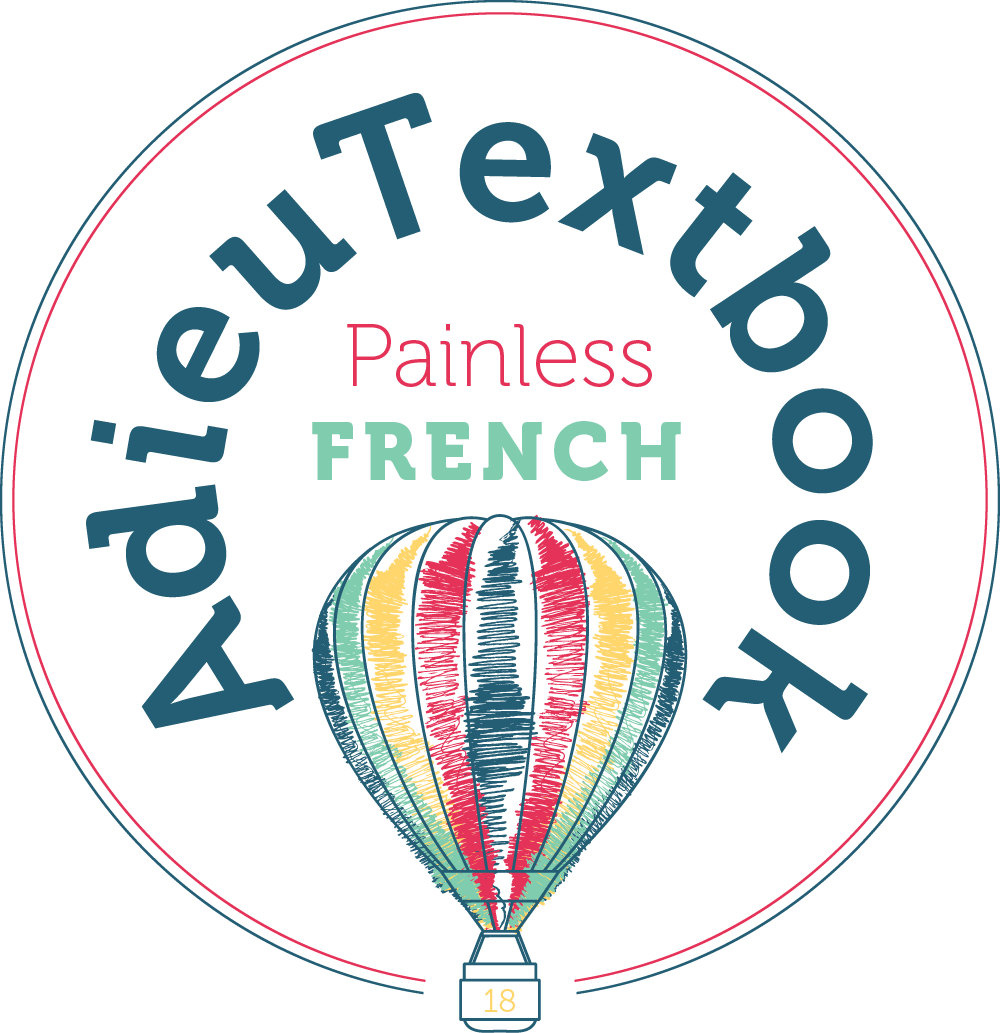Au café Overview
This thematic unit trains American students to survive an authentic French café. As many tourists have noted, Americans often have difficulty navigating the French Café (see Dave Barry 8-11-98). This is due to cultural misunderstandings and subtle, but vital errors in pronunciation. This unit equips students with skills to attract, charm, and successfully communicate with a French server. The realistic outcomes of Au café motivate both students and parents.
The French café provides a particularly strong theme that includes the big ideas from beginning French curricula:
- Essential Language Functions: Asking politely, Obtaining information
- High Frequency Vocabulary: Common French foods and drink
- Important Cultural Functions: Interacting politely with others, Acceptable activities at a café, Using formal language
PUrpose
It also provides practice with important daily functions and high frequency situations. The theme contains several vocabulary words and concepts that are counterintuitive and require special elaboration and practice. At the same time, students are highly motivated to succeed in the café experience since it means eating and drinking what they want. Equally important for French teachers, the café is a symbol of the good life in France. Who among us is without an amusing, romantic, or charming anecdote that occurred in a café?
The first question that we face as middle school teachers is: “How do I find time to fit this into the curriculum?” The answer lies in redefining our objectives based on functional outcomes rather than on the table of contents of a textbook. Language Shaping Solutions’ teacher-authors organize their instruction thematically and use the textbook as a resource when appropriate. This thematic unit replaces some of the textbook activities and gives students an experience with language that will transfer when they encounter similar vocabulary and structures in the textbook. The meaningful and contextual instruction in the thematic unit motivates students. Some students who are less successful learning language with a textbook may even excel in these learning experiences.
We developed this unit for novice level learners from fifth grade to high school. With the addition of some common alcoholic beverages I have used it with adult classes. (Email paris@languageshaping.com for these additional materials) It is appropriate for the traditional first level course where these language functions and culture themes occur. Although this unit requires no previous study of French, certain introductory topics such as “Expressing Likes and Dislikes” and “Making a date” lead nicely to this unit. The unit also provides a spiraling preview of language functions that may be studied directly later. It is not necessary for students to understand the mechanics of all the language. As the California Foreign Language Frameworks state:We carefully constructed the Au café unit using a backward design process specific to foreign language, based on Understanding by Design by Grant Wiggins and Jay McTighe.(1998) Their process focuses on “essential knowledge”. We have adapted backward design to reflect the acquisition of “essential skills” shaped by both the ACTFL National Standards for Foreign Language(1999) and the Performance Guidelines(1999). This process ensures that all the instruction experiences lead directly to the desired outcomes.
This thematic unit allows students to go beyond the textbook. Students and their teacher focus on content of the communication rather than on the form when they use their language skills to communicate their wants and needs and obtain information. This encourages students to create with language and offers opportunities to negotiate for meaning in real situations.
Unit Objectives and Assessments
Briefly, but enthusiastically, introduce the unit objectives and the assessment. You may wish to copy the play Euros onto colored paper and distribute them during the unit for correct responses and participation. Students can then use these Euros to purchase real food at the café experience.
- I can successfully order and pay at the French Café
- Be polite, maybe even charming, wiht the wait staff
- Use a variety of vocabulary when speaking about the café
- Use strategies to keep the communication flowing in French.
Success Criteria
Interpretive
- Listening to a café order and drawing the food and drink on the waiter’s tray
- Completing a graphic organizer to identify the main ideas of videos of café conversations
- Reading a menu and answering questions in French
Interpersonal
- Ordering real food and drink in French from native French-speaking waiters
- Communicating your wishes to the teacher in a brief conversation
- Reacting to different situations in French
Presentational
- Write a letter to your fictional host family in French
- Reading a menu and answer questions in French
- Telling what foods you like
Using French in the Classroom
When designing and teaching these lessons, I used French exclusively as the language of instruction. Most of the language and concepts are straightforward. I have tried to provide video or other visuals for concepts and language that may be less evident. For tips on using French exclusively in your classroom, please consult An English-free Zone in the spring 2008 edition of Learning Languages.
Tips for getting started
Due to the wide variation in schedules and class periods, we have divided the unit into logical sections based on subthemes regardless of the time they may require. The length of each activity depends on your teaching style and student reaction. The unit has been classroom tested in both a tradition fifty minute class and an alternating eighty-minute block schedule. Classes that meet every day may focus on a subtopic for several days. The block schedule tends to work best if the lessons are kept moving forward with one subtopic per class. When deciding which activities to use, it helps to keep the final performance task in mind.
Although we write our personal lesson plans in French, we write our units for publication in English. This ensures a uniform terminology and format among thematic units across languages. It also prevents us from choosing arbitrary translations of accepted American educational terminology.
Each lesson contains major and supporting objectives, active vocabulary, and materials list. You will find smartboard activities, pdf images online and the DVD in the pocket at the back of the book. Activities that novice learners can do unassisted carry the homework appropriate seal.
The final section offers a framework for the summative performance assessment for the unit. We have also included traditional assessment tools to measure student progress. Signaling is appropriate throughout the unit to provide immediate feedback on student comprehension. Please contact the author at paris@languageshaping.com with questions or comments.




